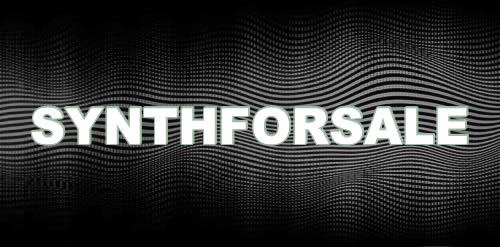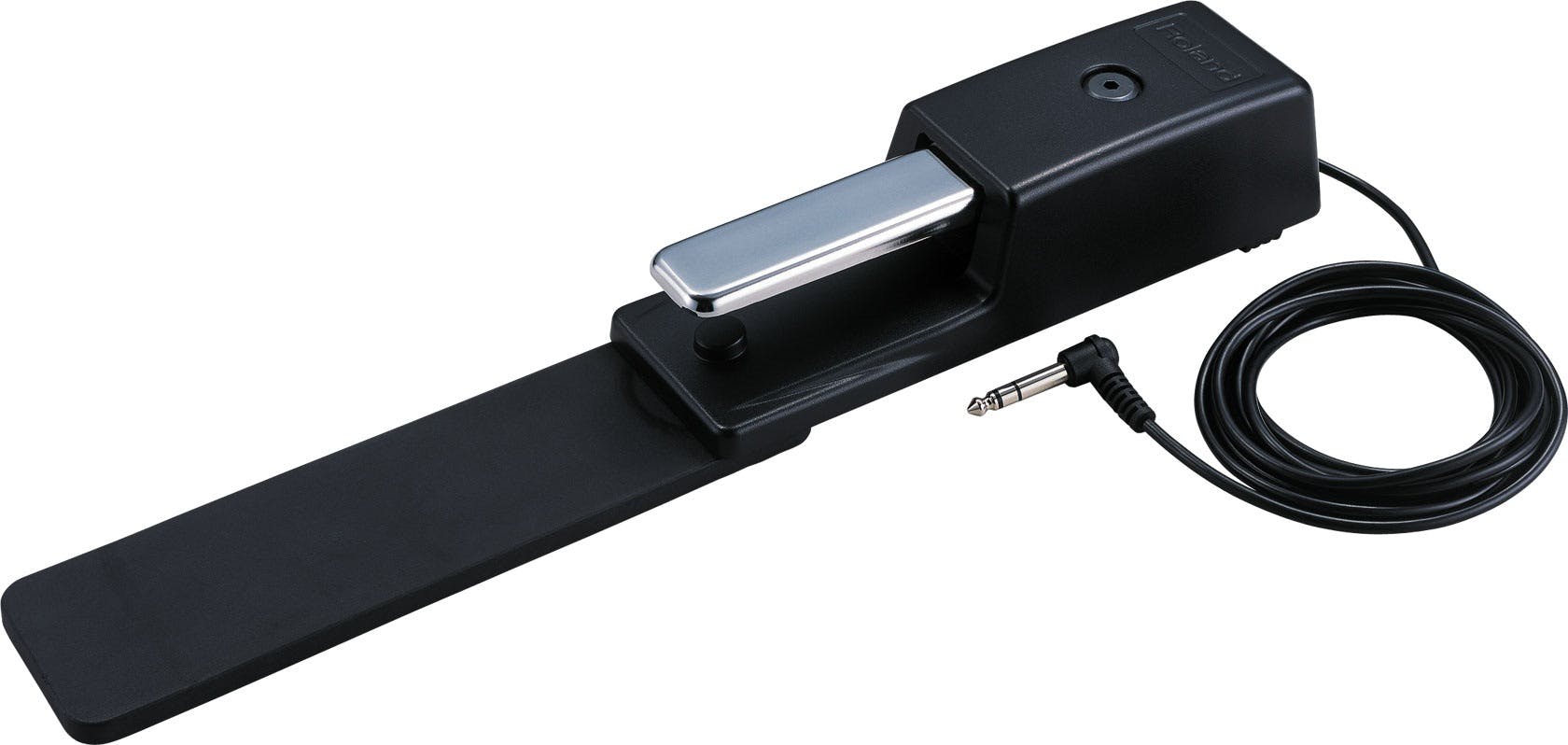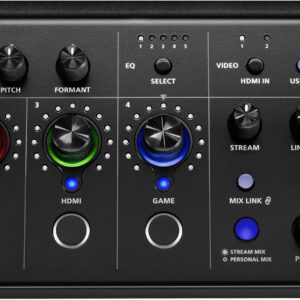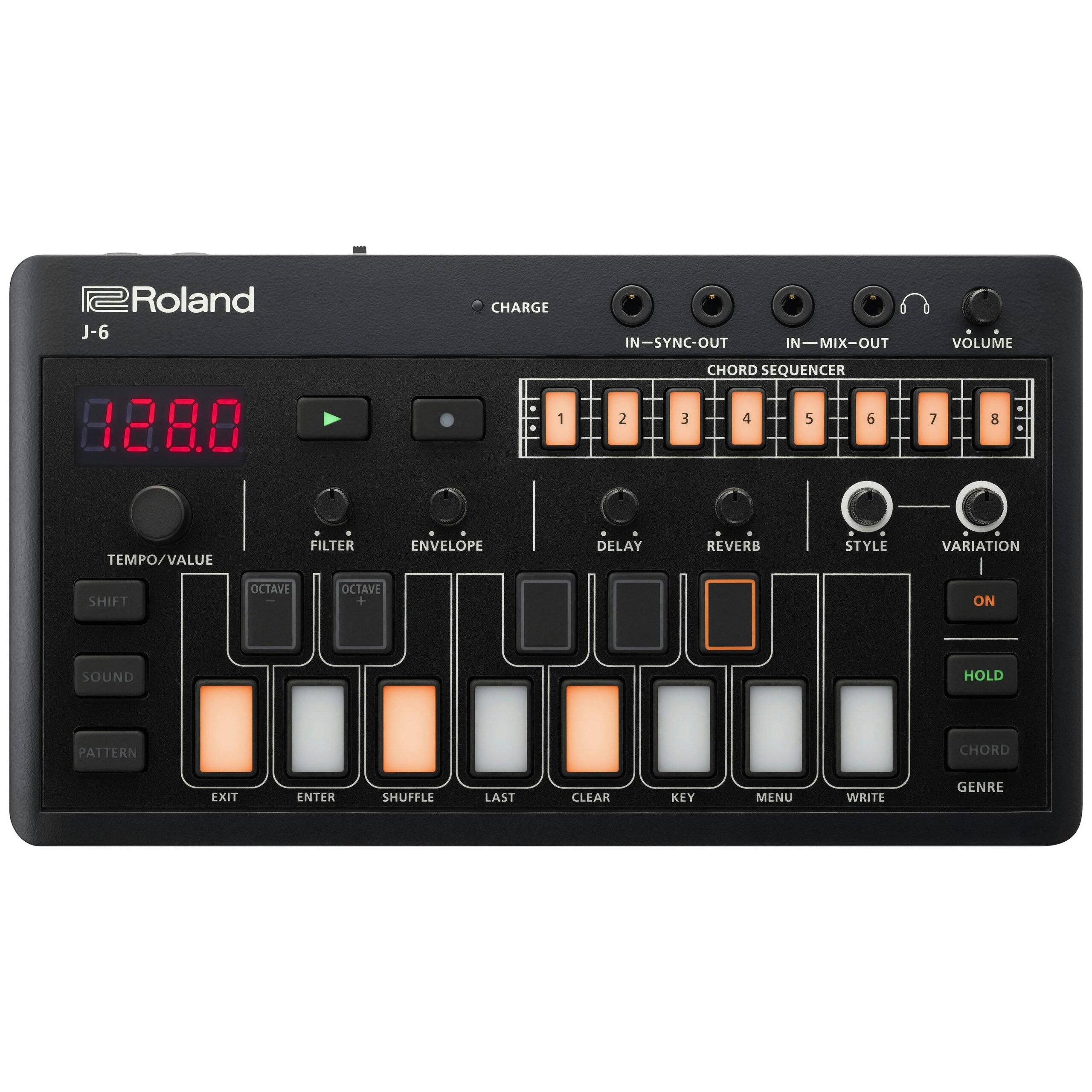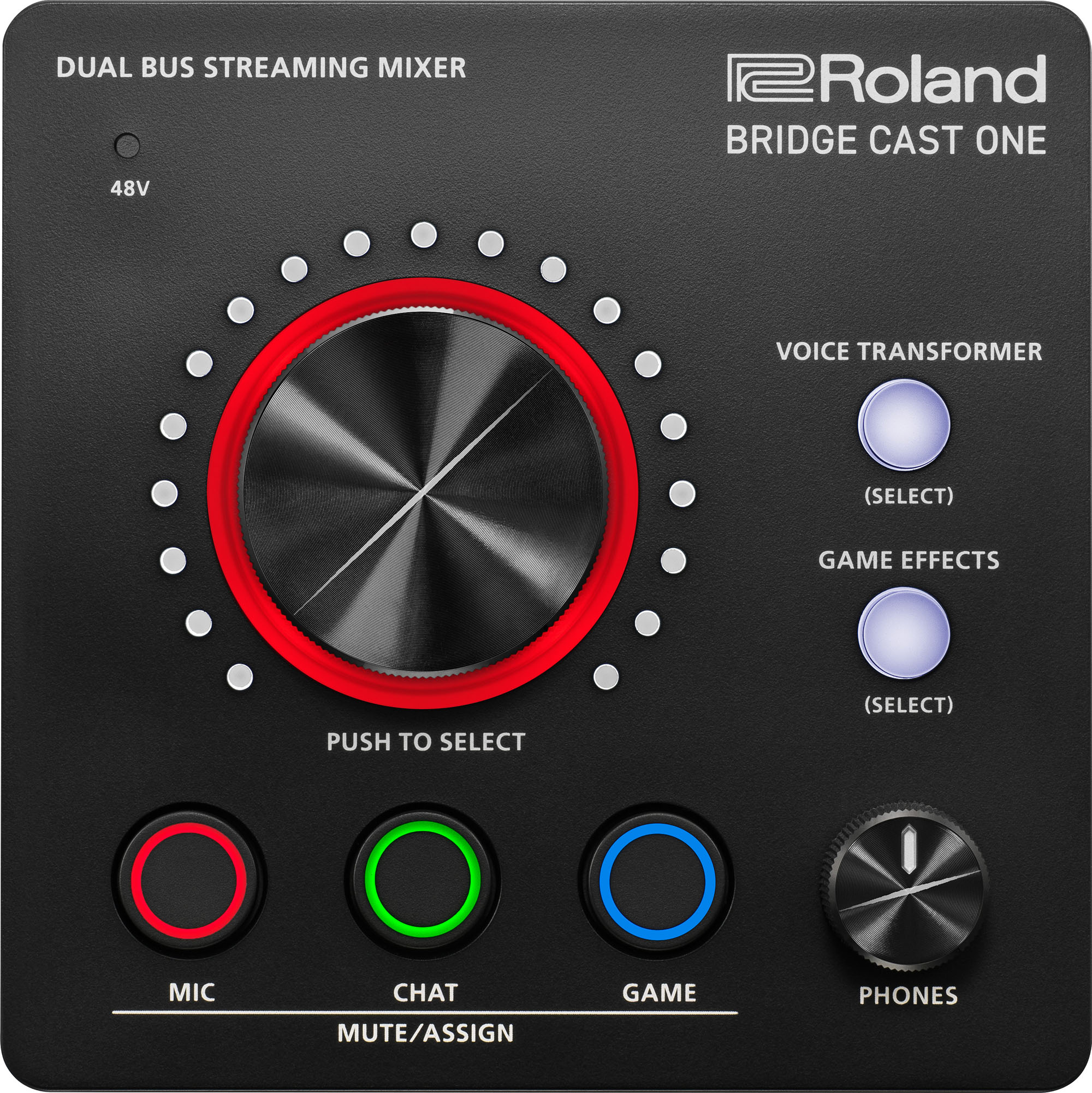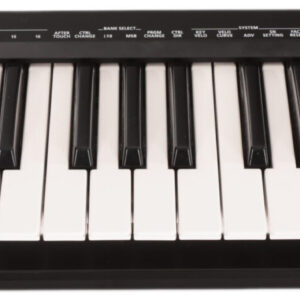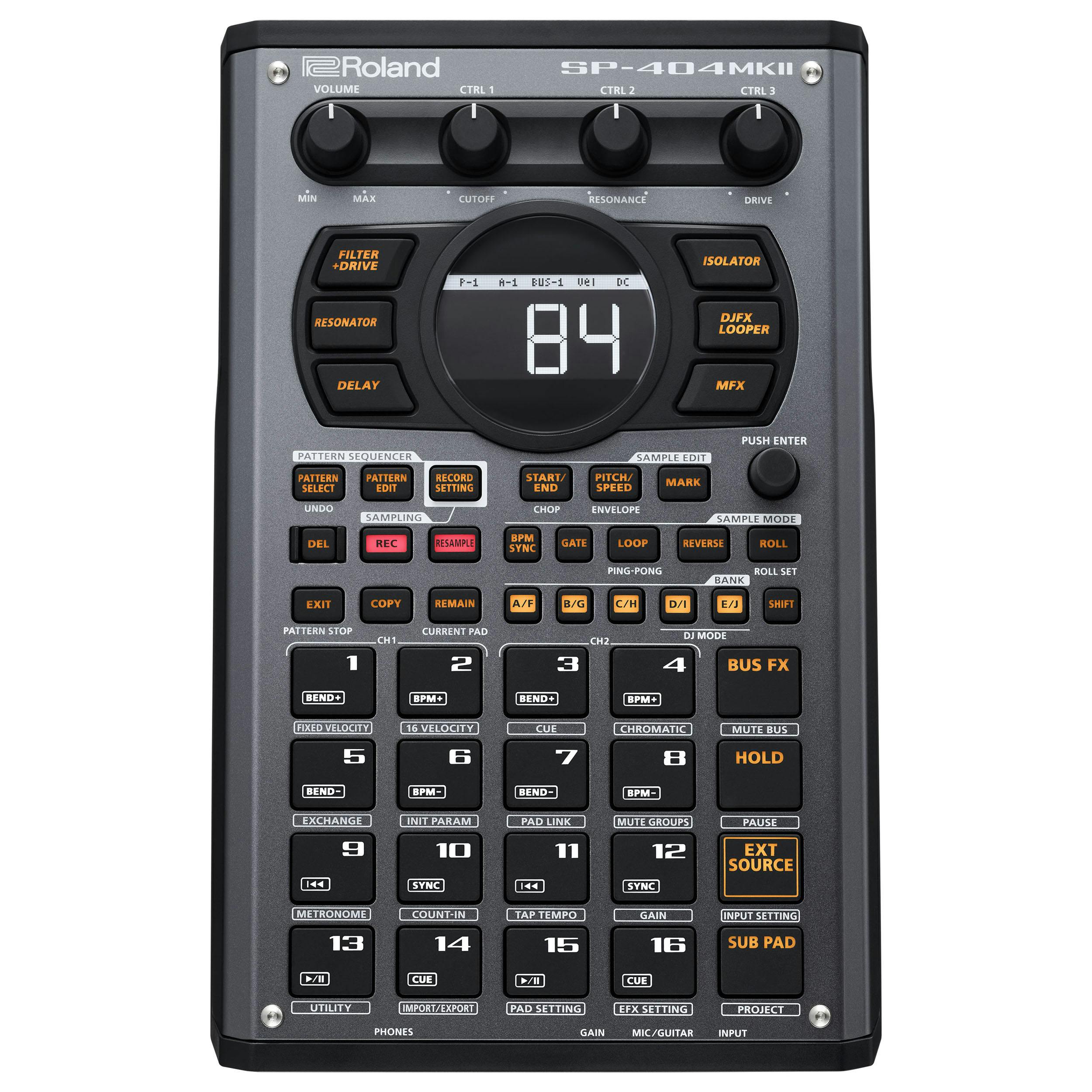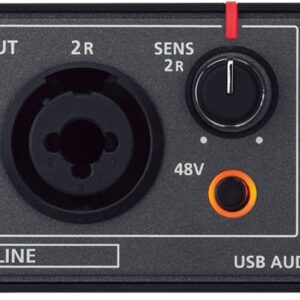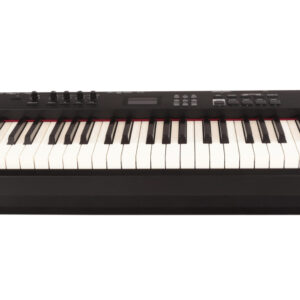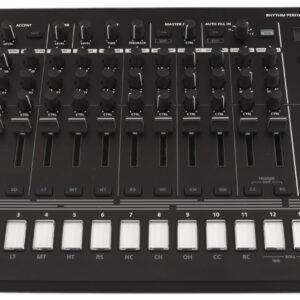Description
The Roland DP10 Piano Style Sustain Pedal is New and made by Roland a great Pedal Sustain Style Piano . Available from SynthforSale now for £ 38.8 with delivery to all areas of the UK. The Roland DP10 is a quality, real-feel pedal with a non-slip rubber plate, essential when performing on hardwood or slip-prone surfaces Its extended cable (2 2m) is great for stacked multi-keyboard setups It is compatible with half-damper capable keyboards, and it can also serve as a standard pedal switch (for sustain, etc) Specifications
High-quality pedal with non-slip rubber baseExtra long cable for stacked keyboard setupsFull and half-damper compatible
About Roland
We have one of the largest online selection of new and used Roland music gear. If you are looking for your next synth, we will have it online at SynthForSale with fast delivery direct to you at home. Every item on the SynthForSale marketplace is delivered by sellers to all areas of UK, England, Ireland, Scotland & wales
Roland synthesizers are renowned for their pioneering role in shaping electronic music, known for their innovative designs and iconic sounds. Since the introduction of the Roland SH-1000 in 1973, the company has consistently pushed boundaries in synthesizer technology. Legendary models like the Jupiter-8, Juno-60, and TB-303 helped define the sound of genres such as synth-pop, house, and techno. The TB-303, in particular, became the backbone of acid house, with its distinctive squelchy basslines. Roland’s early synthesizers were known for their warm analogue tones and intuitive interfaces, which have cemented them as favourites among musicians and producers worldwide.
In more recent years, Roland has continued its legacy with the introduction of digital and hybrid synthesizers, such as the versatile JD-XA and the System-8, which incorporates the company’s powerful ACB (Analog Circuit Behavior) technology. This innovation allows modern Roland synths to faithfully recreate the sound and behaviour of their vintage counterparts while offering new features and capabilities. The company’s synthesisers are highly respected for their quality, reliability, and versatility, making them a staple in studios and live performances alike. Whether producing lush pads, punchy basses, or evolving soundscapes, Roland synths have been at the forefront of electronic music for decades.
£47.00 £40.48
High-quality pedal with non-slip rubber base Extra long cable for stacked keyboard setups Full and half-damper compatible
£15.99 £14.50
Natural feel, perfect response – Universal sustain pedal with chrome foot pedal for a natural, realistic pedal action Universal compatibility – Design with a conveniently located polarity switch for compatibility with all electronic keyboards Robust …
read more
£18.29 £12.71
DP-2 Momentary footswitch for non-latch operations Used for operations such as sustaining notes on electronic keyboards Mono Plug Extra-Length Cord (3.4m/ 11ft.) Number of items: 1.0 Package Weight: 199.58 grams
£12.99
🎹【Upgraded Design, Better Sound】: Sovvid sustain pedal has upgraded high-quality spring and cushion to reduce the click noise. Achieving the best sound quality, enrich your digital piano tone. 🎹【Widely Application and Compatibility】: Sovvid Universal…
read more
£13.69 £11.79
🎹 𝐒𝐓𝐑𝐎𝐍𝐆 𝐂𝐎𝐌𝐏𝐀𝐓𝐈𝐁𝐈𝐋𝐈𝐓𝐘- A polarity switch is designed on the side of the pedal. The sustain pedal is equipped with 1/4″ (6.35mm) Jack Input, which has strong compatibility. Suitable for Yamaha, Casio, Roland, Casio, Korg, Behringer, Moog and other MI…
read more
New
This product is brand new, unused, and in its original packaging. It has never been opened or used, ensuring you receive it in pristine, factory-sealed condition, just as originally manufactured.
It is ideal for those who want the assurance of a fresh start with their gear.
Pedal
A pedal, in the context of music, refers to a device that modifies the sound of an instrument, typically electric guitar or keyboards, by altering audio signals as they pass through it. Pedals can serve a variety of functions, including effects like distortion, reverb, delay, modulation, and compression. They are commonly used by musicians to enhance their sound, create unique audio textures, or achieve specific sonic qualities that would be difficult to produce with the instrument alone. Pedals are often housed in sturdy enclosures with footswitches that allow musicians to engage or disengage effects during performance easily.
Pedals can be analogue or digital, with each type offering different characteristics and qualities. Analog pedals, for example, often provide warm and rich tonalities due to their continuous signal processing, while digital pedals can emulate a wide range of effects and often include more advanced features, such as presets and programmable settings. Many musicians use multiple pedals in a “pedalboard” setup, connecting them in series to create complex soundscapes. With their versatility and ability to transform an instrument’s tone, pedals have become essential tools for performers and composers across various genres, from rock and jazz to electronic and ambient music.
Piano
This Piano offers high-quality piano sounds, designed to replicate the rich and expressive tones of an acoustic piano. Whether you’re looking for classic grand piano sounds, upright tones, or modern electric pianos, these instruments provide authentic and dynamic responses suitable for live performances, studio recordings, and practice sessions.
Sustain
Sustain refers to the duration a sound is held after the initial attack and decay phases, and it is one of the key stages in a synthesizer’s ADSR envelope (Attack, Decay, Sustain, Release). When a note is played on a synth, the sustain level determines how long the sound remains at a consistent volume while the key is being held down. Unlike attack and decay, which are measured in time, sustain is a level—essentially the steady volume that a sound maintains until the key is released. For instance, if the sustain is set high, the note will continue to sound loudly; if it’s set low, the sound will drop to a softer volume.
The concept of sustain is essential for shaping how a sound behaves over time. In musical contexts, sustain allows for the emulation of acoustic instruments like strings or organs, where notes can be held continuously at a certain volume. It is also useful for creating pads, drones, or long atmospheric sounds. Adjusting the sustain level can drastically change the character of a sound—keeping it high can give a sense of continuity or smoothness, while lowering it can make the sound more percussive or short-lived. By creatively manipulating sustain within an ADSR envelope, musicians can achieve greater expressiveness and variety in their synthesizer patches.
